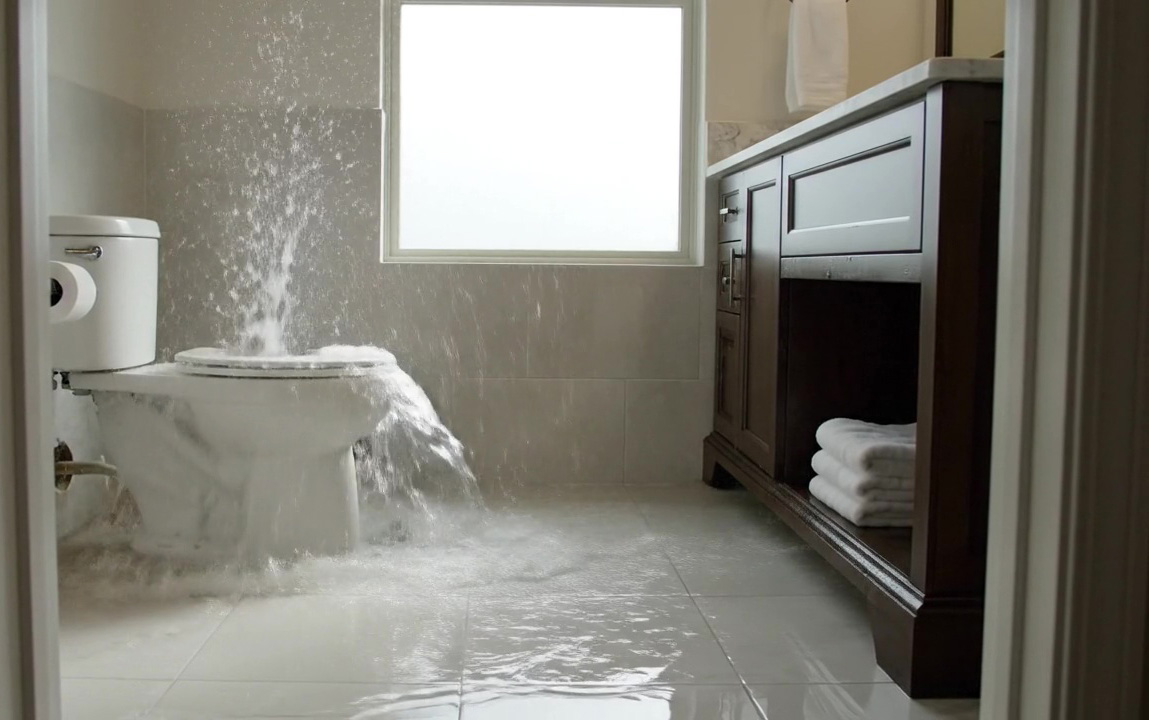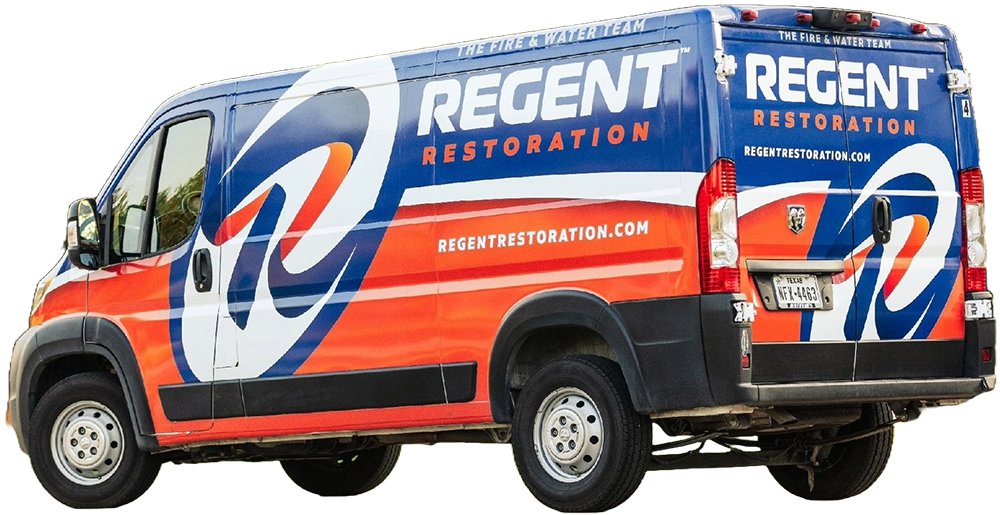
– SERVICE
Comprehensive Water Leak Cleanup Services in Dallas-Fort Worth, TX
At Regent Restoration in Dallas-Fort Worth, TX, our comprehensive water leak cleanup services ensure your home or business is thoroughly protected from water damage. We begin with a detailed inspection to locate the source of leaks and assess affected areas. Our licensed team then extracts standing water, dries the property using professional-grade equipment, and restores damaged areas to prevent mold growth and structural issues. With fast, reliable, and expert service, we help property owners maintain a safe, dry, and healthy environment.
What to Do if You Have a Water Leak (5 Easy Steps)
Will Insurance Cover Water Damage From a Leak?
The quick answer: It depends on how fast you respond to the problem and whether you took the appropriate stpes.
For the most part, insurance companies will often cover leaks if you couldn’t identify them (i.e. it was hidden behind a wall or appliance) or if the leak was “sudden and accidental”. This means insurers will cover the costs, if, for example, a hidden pipe started to leak through the ceiling and now you need ceiling water damage repair.
Insurance companies know you can’t easily check behind your walls or appliances to see if there’s any surprise leaks.
With that said, insurance companies expect you to deal with the problem quickly and will deny claims if they find evidence of negligence.
For example, let’s take that same ceiling leak and let’s say you decided to deal with it by putting a bucket underneath it for 5 months. Now you’ve got serious water damage and you finally decide you want to make a claim. In this scenario, they will most likely deny your claim.
The best advice is to deal with leaks ASAP. Insurance adjusters can tell when water damage is recent and when a problem has been neglected.
Most insurance policies have strict wording around leaks, so it’s best to check with your provider.
You can also call a reputable water leak restoration company like us if you have any questions. Companies like us deal with these problems day in and out, and we can give you all the necessary information you need to handle your insurance claim.
The Average Cost of Water Leak Cleanup & Restoration
Every water leak scenario is different. For this reason, there is no set-in-stone price for water leak cleanup or repair services.
First, you must address the leak that’s causing the issue. Plumbing repairs cost $300 on average.
Then, you need to factor in the cost of water removal. The national average cost for drying and cleaning up water after a leak is around $2,700.
To be clear: all the costs we mentioned above are ballpark estimates. The costs can change depending on the nature of the damage and how much of your property was affected.
To make it easier for consumers to understand the costs, we’ve put together a list of factors that actual water leak restoration companies use in their estimates to figure out the final invoice.


